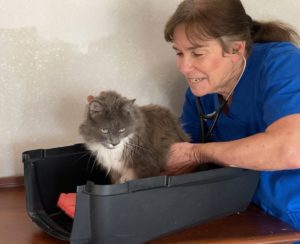
The other day a client brought her cat in for an exam and vaccines. This cat had been previously seen at the clinic and had been aggressive toward the veterinary staff and the owner. She had been prescribed gabapentin to reduce anxiety when coming in for vet visits. Gabapentin is bitter, so some cats will not eat it in food and may need to be given the pill.
The owner was unable to get her cat to eat the powder in food and brought the cat in unmedicated. This cat was in a soft carrier and was striking with her front paws at the carrier sides when approached. When cats are in a negative emotional state as was this cat, the two ways available to the veterinary professional to try change the emotional state are food and play. This cat was having neither.
A dilemma – proceed with the visit?
the veterinary staff
If we move forward, glove up and use thick towels, we can immobilize the cat and perhaps administer vaccines. Being in the soft carrier, she would be difficult to get out, but we could give the vaccine through the mesh sides, although there would be the risk if she wiggled loose a vaccine intended to go under the skin could end up in the muscle.
the cat’s point of view
When presented with a threatening scenario, a cat has three options: 1) flight 2) fight 3) freeze (learned helplessness).
The cat in question was in a carrier in an exam room so flight was out of the question. She decided to fight, which she was ready to do, striking at the carrier sides when the owner or veterinary staff approached.
the stress of the vet visit
So many owners are stressed about how their cat is treated at the vet clinic, they try to avoid bringing the cat in until it is absolutely necessary. Sometimes, to the cat’s detriment, health conditions have worsened by the time the cat receives medical care.
owner’s stress
- The cat hides under the bed when the carrier comes out.
- The cat has to be “dragged” out from under the bed.
- The cat does not want to go into the carrier.
- The cat cries constantly on the way to the vet.
- The owner anticipates that the cat will be difficult and sedation will increase the cost of the visit.
the cat’s stress
- You are placed in a box that you associate with fear and anxiety.
- Your box (with you in it!) is placed in a larger box that moves and smells funny.
- You are frightened, may be nauseated, or may soil yourself.
- The vet clinic smells of other frightened animals.
- You are handled by strange humans.
Each time “heavy restraint” is used, a cat often becomes increasingly aggressive, until the exam and treatments have to be done under anesthesia.
Cat friendly handling – breaking the cycle
Cat friendly handling is geared toward following the CAT handling guidelines.
- Give the cat as much choice and control as possible.
- Pay attention to the cat’s body language and tailor the handling to the individual cat.
- Touch the cat where he prefers to be touched.
- Positive Reinforement: Make unpleasant procedures (vaccines, sample collection) worthwhile to the cat, offering food or head rubs.
Low Stress vet visits require that the veterinary staff and cat owner work together as a team. Cat friendly handling begins at home and continues when the cat and owner arrive at the vet clinic.
“A BETTER VET VISIT FOR YOUR CAT“
- Train your cat to comfortable in her carrier. Consider a carrier with a removable lid so that she can at least be examined in the safety of her “home away from home”.
- Desensitize your cat to riding in the car – take a drive around the block where you don’t end up at the vet.
- If the veterinary team recommends an anti-anxiety “cocktail”, figure out how your cat will take it. Consider training your cat to accept medication.
- If your cat has a favorite treat or food that he likes, consider picking up his food the night before for a morning appointment or in the morning for an afternoon appointment. Bring the treats along and offer them to the staff to feed kitty during his exam or procedures.
- Choose a Cat Friendly Practice where the staff have had some training in cat friendly handling.
What happened with the cat we talked about earlier?
The owner felt that a cat-only practice made her cat more reactive. We elected not to proceed with the exam and suggested the owner find a clinic that was a better fit. We can only hope that the cycle of aggression will be broken.
Like taking a toddler to the doctor, the vet visit can be scary for your cat. Cat friendly handling can make the visit less stressful for both you and your cat!
Want to keep up with the world of cats? Subscribe to The Feline Purrspective!

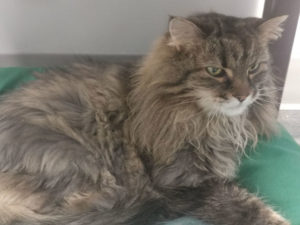
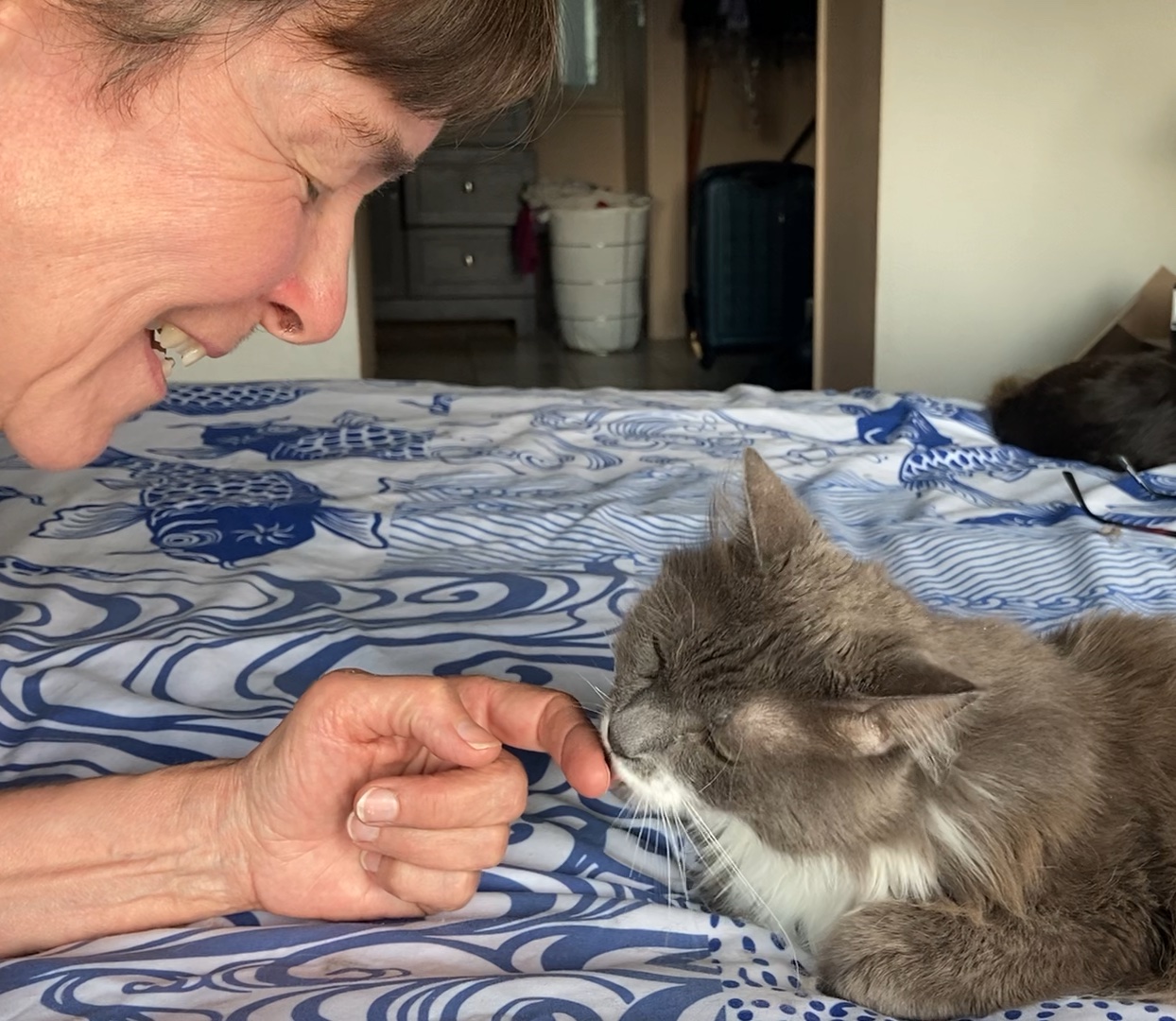
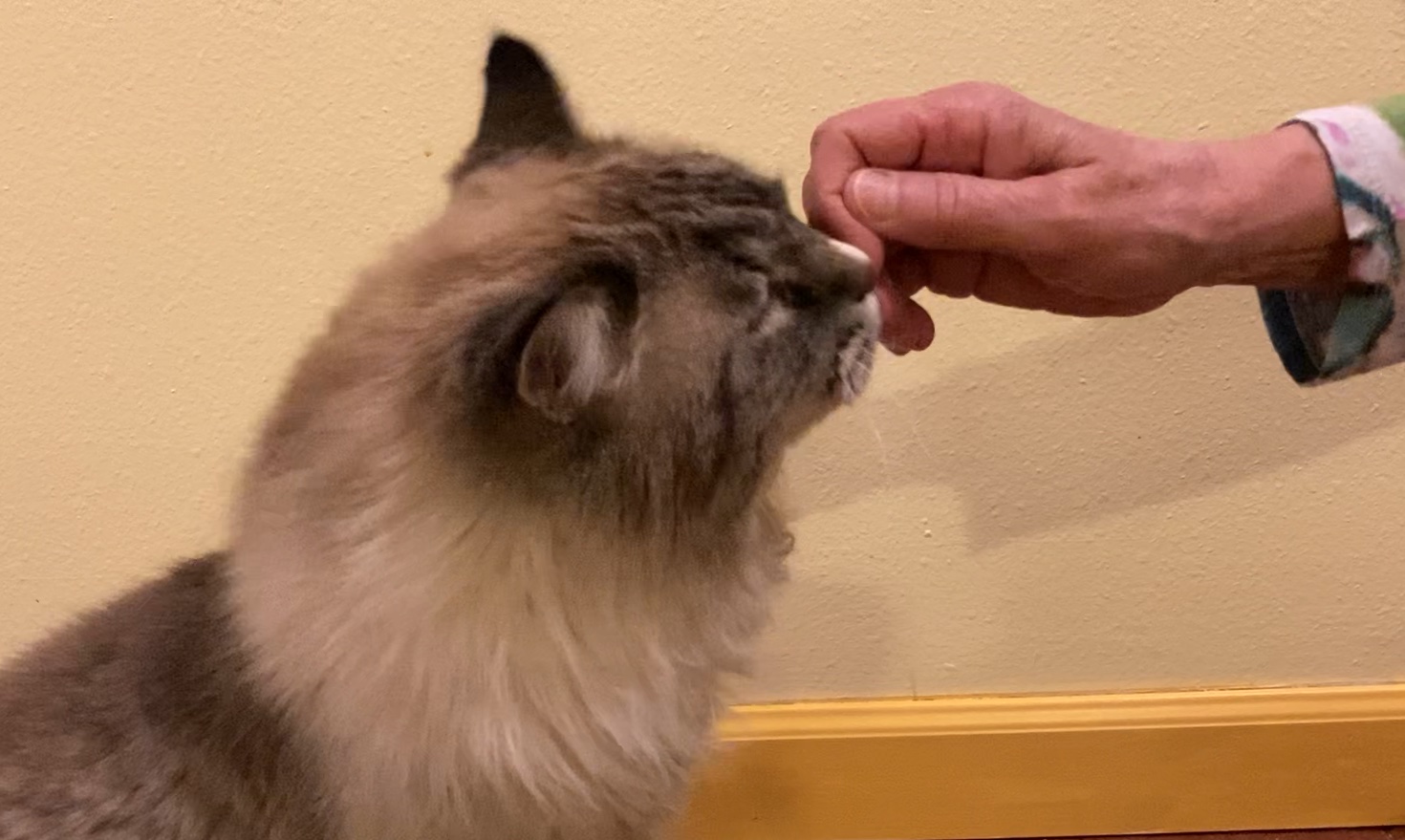
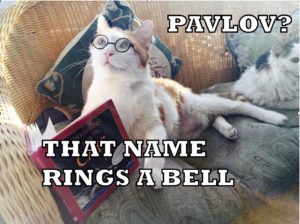

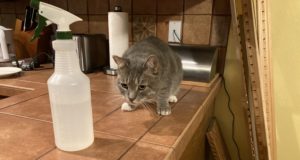
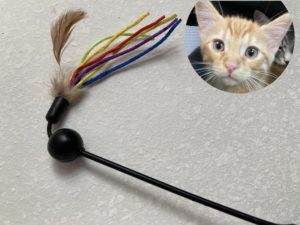

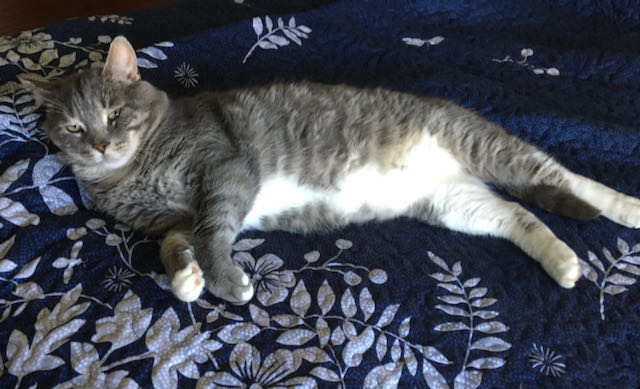
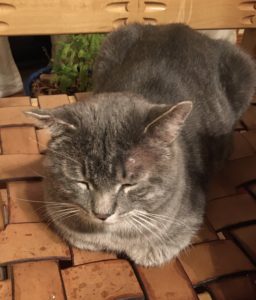
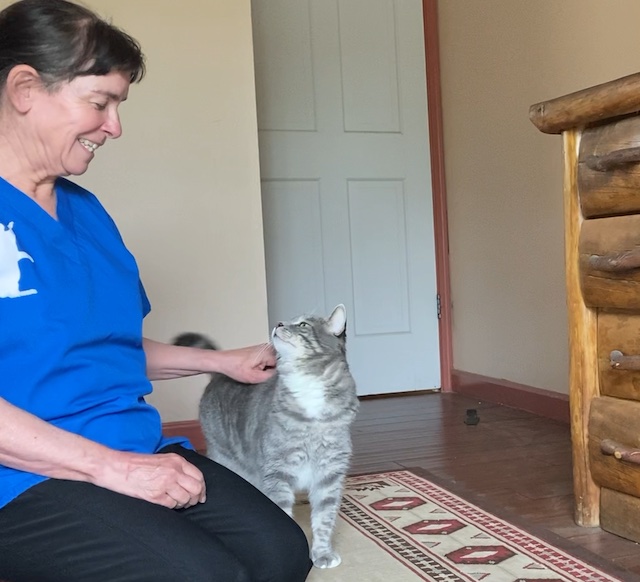
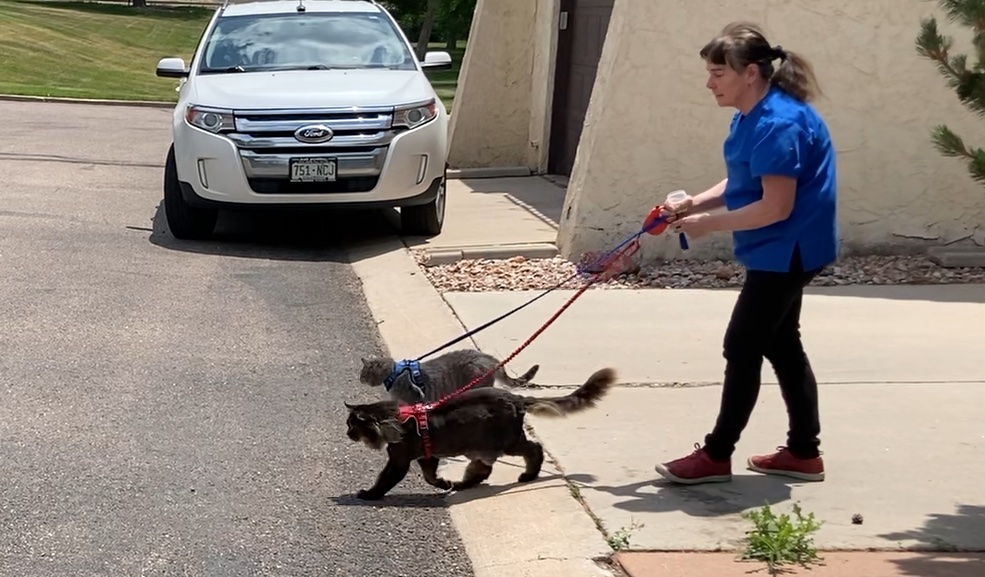
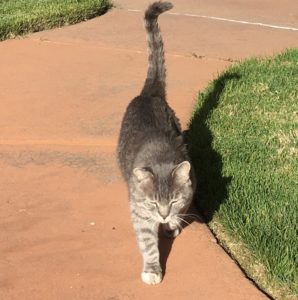 Indeed, we are more familiar with dogs’ body language than that of cats. People see dogs as more social than cats. Someone getting a puppy will plan to take it places, walk it and play with it.
Indeed, we are more familiar with dogs’ body language than that of cats. People see dogs as more social than cats. Someone getting a puppy will plan to take it places, walk it and play with it.